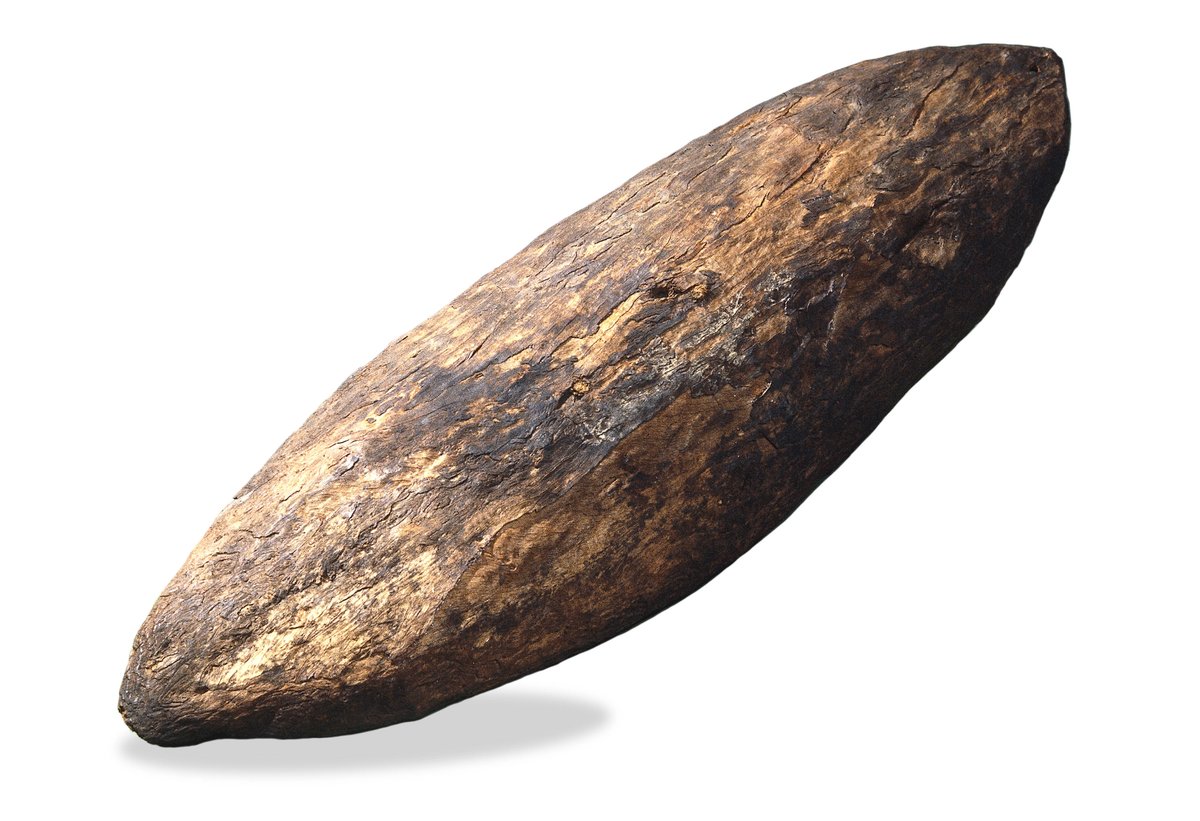The British Museum is under fire from a leading activist in Australia over how it now describes an Aboriginal shield at the centre of a restitution battle. The activist Rodney Kelly accuses the museum of “changing the narrative” after he started to gain momentum to repatriate the shield along with spears long thought to have been collected by Captain James Cook. He believes the new text alongside the object at the British Museum, which downgrades its Cook provenance, is a ploy to deflect attention away from calls to return the shield to Australia.
The artefact, also known as the Gweagal Shield, is one of 15 objects featured in the British Museum’s new trail about the links between its collection and colonisation. The bark shield has become an emotive symbol of the violent arrival of the British in Australia. It featured as such in the radio series and accompanying book, A History of the World in 100 Objects in 2010. Written and presented by the museum’s former director, Neil MacGregor, he described how the shield was collected by Cook when he landed at Botany Bay in 1770, during which crew members shot and injured an indigenous man.
A new text alongside the shield at the British Museum questions that provenance, saying it may have been acquired by “a colonial governor or other collector”. Cook and Joseph Banks, the scientist aboard the ship HMS Endeavour, are referred to as having “once thought” to have been the collectors. Reference to the violence of the first encounter is missing in the new text.
Kelly, who is a descendant of the group that confronted Cook and his men, is unimpressed with this revised history. “It is just a tactic to confuse people [as to] whether it is the shield from 1770,” he says. He also disputes the museum’s scientific study that concluded a hole in the shield was probably made by a spear and not a musket ball.
A spokeswoman for the British Museum rejects the idea that the shield’s historical significance has been downgraded now that the Cook provenance has been questioned. “The museum acknowledges that the shield, irrespective of any association with Cook, is of significance as probably the oldest known shield from Australia in any collection,” she says.
She stresses that the museum has shared its research into the shield, which was published in an Australian academic journal in 2018, with Kelly as well as members of an Aboriginal community in the Sydney region. She says it would “facilitate” further research. But Kelly hopes to raise funds to undertake his own study. “We just don’t believe them. The research has not been done properly,” he says.
The London-based, Australian-born art historian Alice Proctor, whose Uncomfortable Art Tours—looking at the ways colonialism continues to influence museums and their displays—have included the British Museum and the shield, is also critical of the new accompanying text, pointing out that it “ignores Cook’s violence”. She urges the museum’s trustees to “act with empathy and facilitate [the shield's] return to Australia”.
The academic and curator Johanna Zetterstrom-Sharp, who is the chair of the UK’s Museum Ethnographers Group, says debates about contested objects such as the shield illustrate how “there is never one single truth” that archival or scientific research on their own can answer in full.


